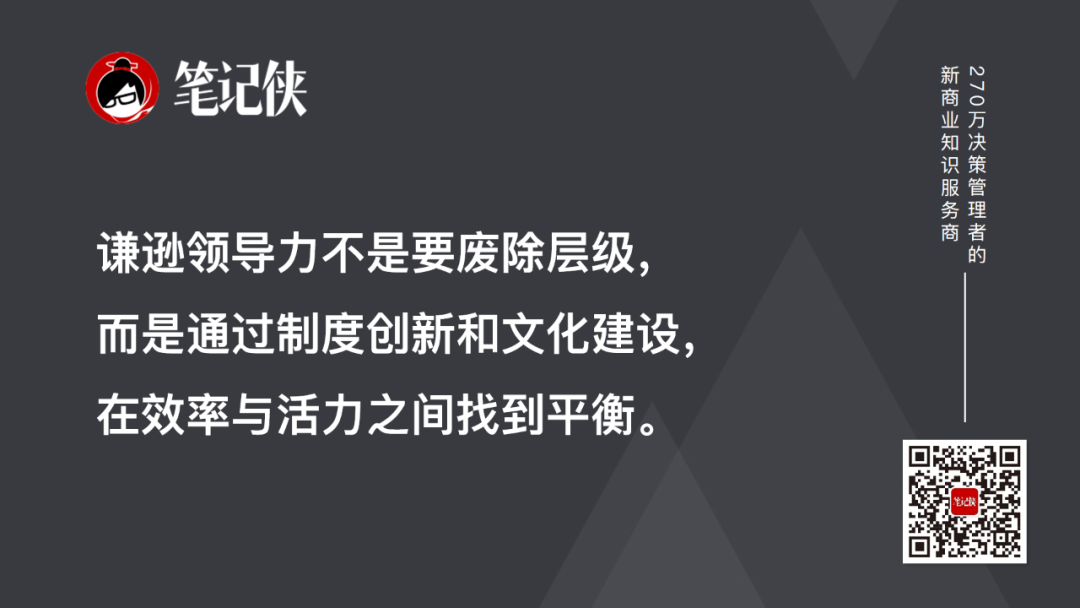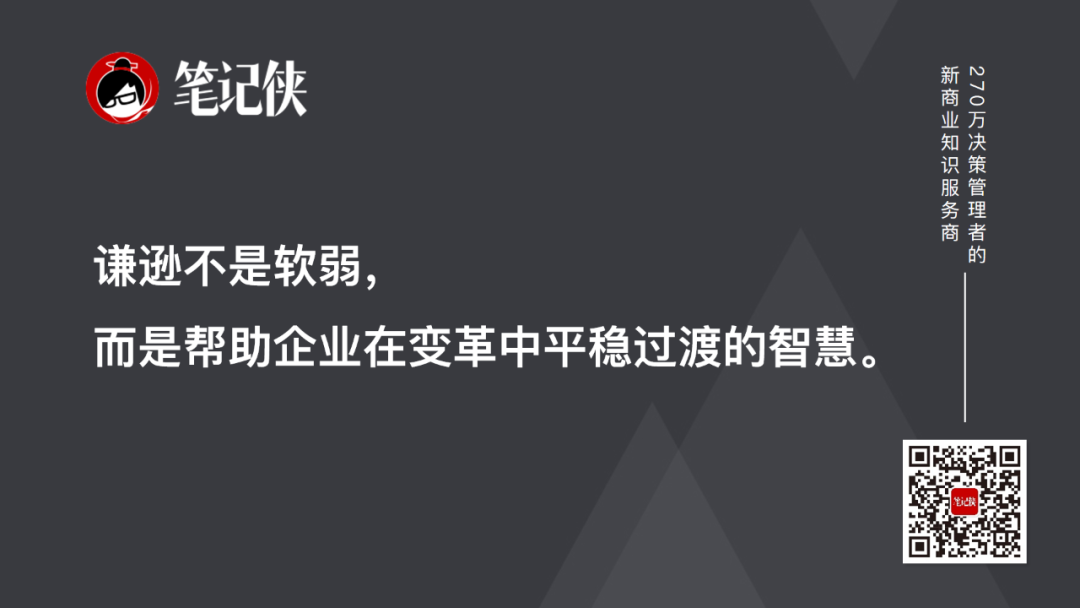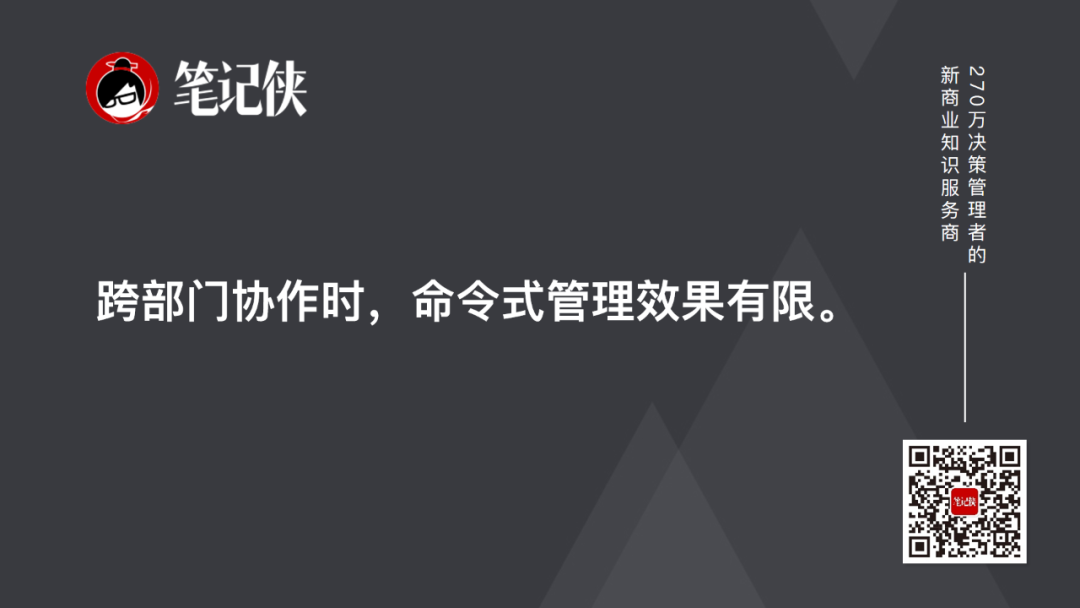Traditional Leadership May No Longer Work

November 7, 2025 – 21:30 Beijing



Source: Compiled from the launch sharing of Humble Leadership 2.0 by China Machine Press — featuring a recorded dialogue between Professor Yang Bin (Tsinghua University) and Professor Peter Schein.
Length: 3,853 characters · ~10 min read
---
Overview
At the Humble Leadership 2.0 book event, Professor Yang Bin (School of Economics & Management, Tsinghua University) and Peter Schein (son of Edgar Schein) engaged in over four hours of deep discussion on Chinese corporate management challenges.
Moderator Dr. Xu Zhong posed 10 thought‑provoking questions, sparking a conversation rich with practical insights.
---
I. Core Insights — Understanding Humble Leadership
1. Balancing Hierarchy and Innovation
- Challenge: Traditional hierarchies deliver efficiency, but innovation often bubbles up from grassroots — especially younger, tech‑savvy employees.
- Examples:
- Huawei’s rotating chairperson system breaks silos and fosters collaboration.
- Swiss chemical giant Siba Geigy used executive rotation to promote knowledge sharing.
- Key takeaway: Humble leadership preserves hierarchy but balances efficiency & vitality through:
- Institutional innovation (e.g., role rotation)
- Cultural trust‑building

---
2. Collaboration vs. Instrumental Networking
- Observation: In China, “networking” often means using people as tools.
- Healthy collaboration: Mutual influence and trust.
- Instrumental ties: Manipulative, stiff — like unlubricated gears or rigid APIs.
- Solution:
- Foster openness (proactive info‑sharing) over mere transparency (limited disclosure).
- Encourage open dialogue rather than superficial socializing.

---
3. Humility in Overseas Ventures
- Problem: Expansion abroad with a superiority mindset breeds cultural clashes.
- Quote (Fei Xiaotong): “Appreciate your own beauty, and appreciate that of others.”
- Solution: Create “cultural islands” — safe spaces for diverse teams to talk openly.
- Outcome: Turn differences into innovation sources; shift from “going out” to “going in.”
---
II. Grounded Scenarios — From Theory to Practice
Case 1: Intergenerational Co‑Creation
- Young talent needs respect + growth, not micromanagement.
- Approach:
- Middle‑aged managers learn short‑video/AI skills from Gen Z staff.
- Use meeting “check‑in” rituals and non‑hierarchical feedback.
- Commander example — choose dialogue over punishment.
- Result: Psychological safety → young staff become active co‑creators.
---
Case 2: Family Business Succession
- Triple challenge: Power, business model, culture.
- Best practice:
- Heir listens to senior staff first.
- Gradual digital reform.
- Avoid “leading questions” — ask openly.
- Outcome: Balance of tradition and innovation; smooth generational transition.

---
Case 3: Authority & Humility in Disciplined Organizations
- Reality: Expert authority can trump traditional hierarchy in cross‑functional work.
- Example:
- Informal bonds (‘secondary relationships’) like lunches or walks foster loyalty & innovation.
- Use pilot projects in rigid systems to permit safe experimentation.
- Goal: Healthy authority built on trust + openness.

---
III. Action Strategies — Co‑Growth
1. Personal Starting Point
- Tool: Relationship Mapping — visualizing work ties to reveal context & processes.
- Cultural tip: Break “action over reflection” habit; involve families; use immersive study tours.
---
2. Breaking “Involution” (Zero‑Sum Competition)
- Root cause: Slowed economic growth; schools/workplaces reward beating others.
- Cure: Shift to collaboration culture, emphasize qualitative assessment and trust.
- Role of humble leadership: Nurture healthy secondary relationships to escape zero‑sum traps.
---
3. Digital Humility — Remote Work Relationships
- Observation: Life background noises in video calls can bond teams (“situational humility”).
- Upside: Virtual settings reduce hierarchy pressures, especially for introverts.
- Hybrid tactic: Blend online efficiency with offline bonding activities.

---
Conclusion — The Future of Humble Leadership
- Humility is leadership strength, unlocking organizational innovation.
- Investing in relationships equals investing in resilience and creativity.
- The process is continuous shared growth between people and organizations.
---
Recommended Reading


---
Engagement and AI Publishing Tools
Interactive actions — Like · Share · Save — directly amplify content reach.
For creators: Open‑source, AI‑enabled tools like AiToEarn官网 can
- Generate AI‑assisted content
- Publish across multiple platforms (Douyin, Kwai, WeChat, Bilibili, Rednote, Facebook, Instagram, LinkedIn, Threads, YouTube, Pinterest, X)
- Track analytics & model rankings
This connects leadership ideas — such as humble leadership — with a global, monetizable audience.


